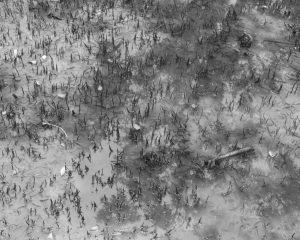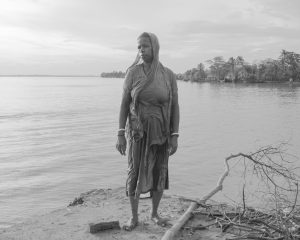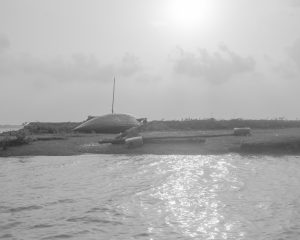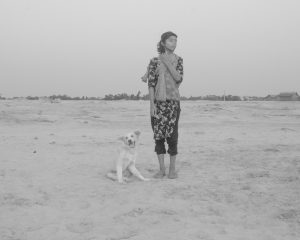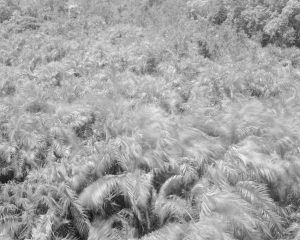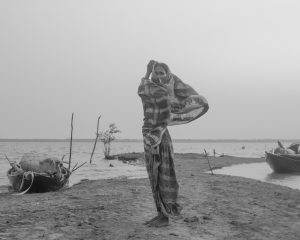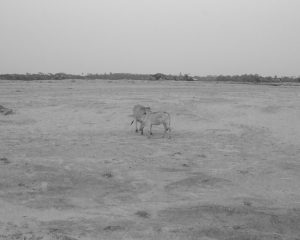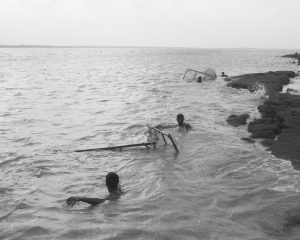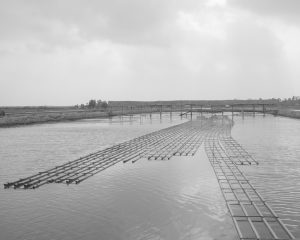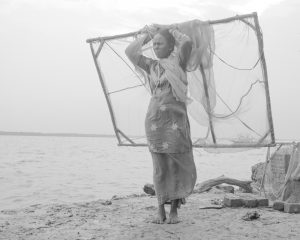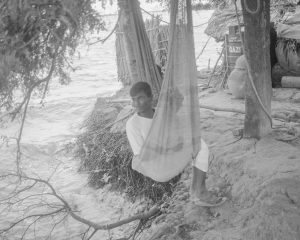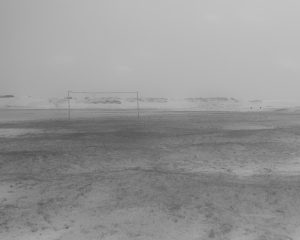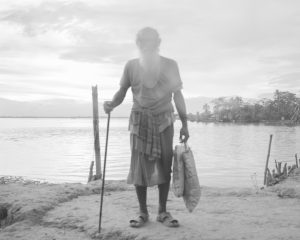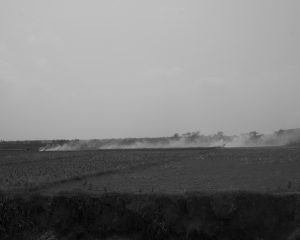Chila’s Diary
by
Farhana satu
Shundarbon is a vast forest in the coastal region of the Bay of Bengal which is one of the natural wonders of the world. Located in the delta region of Padma, Meghna, Brahmaputra. This unique forest area extends across South 24 Pargans, and North 24 Pragnas, districts of West Bengal State, India and Khulna, Shatkhira, Bagerhat, districts of Bangladesh.
Sundarbon is the largest mangrove forest in the coastal environment. There is a small village besides Shundarbon named Chila, situated in Bagerhat district, Bangladesh. This is a low lying southeast coastal region often framed as the most climate vulnerable place in the world, as a zone of climate crisis. As rising waters and saline in both soil and the water are threatening communities inhabiting.
Chila is a very small rural village with 2000 people and all the people are fishermen. Their main job is catching fish from all the river and canals of the Shundarbon forest. Here everyone is dependent on the forest and all of their foods and drinking water and fire wood comes from Shundarbon.
As the soil of this place is very much salty, crops do not grow, cultivation is not possible, water is not drinkable, and people of this place does not know any other work for livelihood, except fishing. Fish are also becoming lesser day by day. They are not educated enough to get job in the city, they are deprived from all kinds of socialization benefits. Moreover, often pirates attacked the villagers due to fishing and sometimes they also kill them.
Now Bangladesh government has decided to make a power station named Rampal power station which is very close to the forest as well as the village. Scientists are assuming that it has a chance to have great impact on the forest and the people of Chila and other villages who are directly dependent on Shundarbon forest.
In Chila village, men and women works equally to survive. Both are simultaneously fighting against natural and manmade disaster. In my story, I am trying show about how people of this village are adapting and surviving in this changing climate and how they are facing new challenges in everyday life caused by climate change.
© Farhana Satu || digibinary ||
